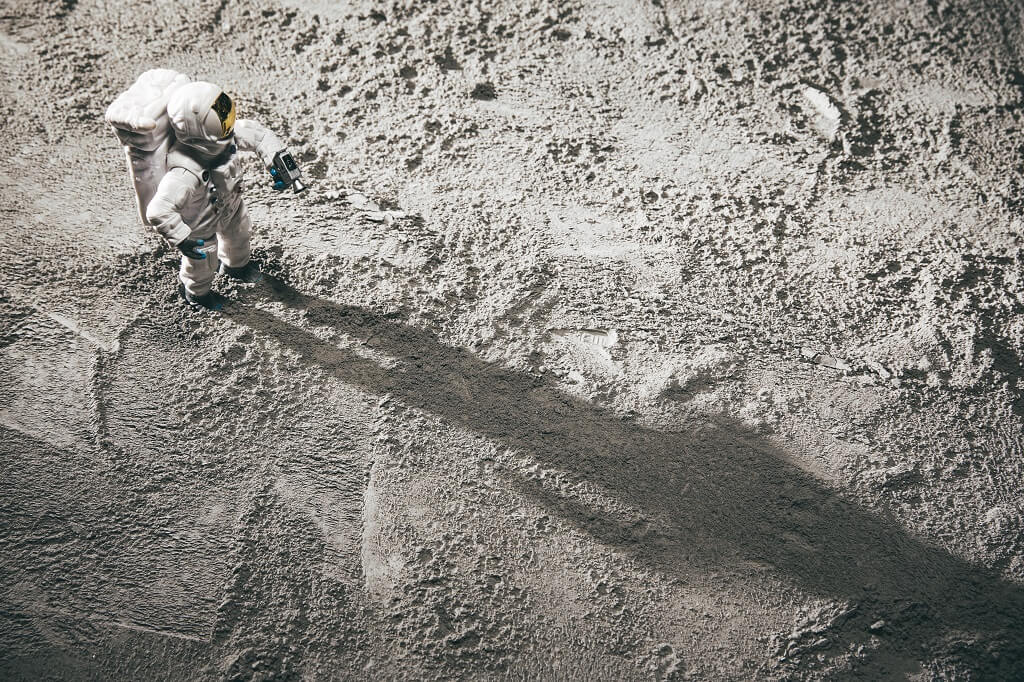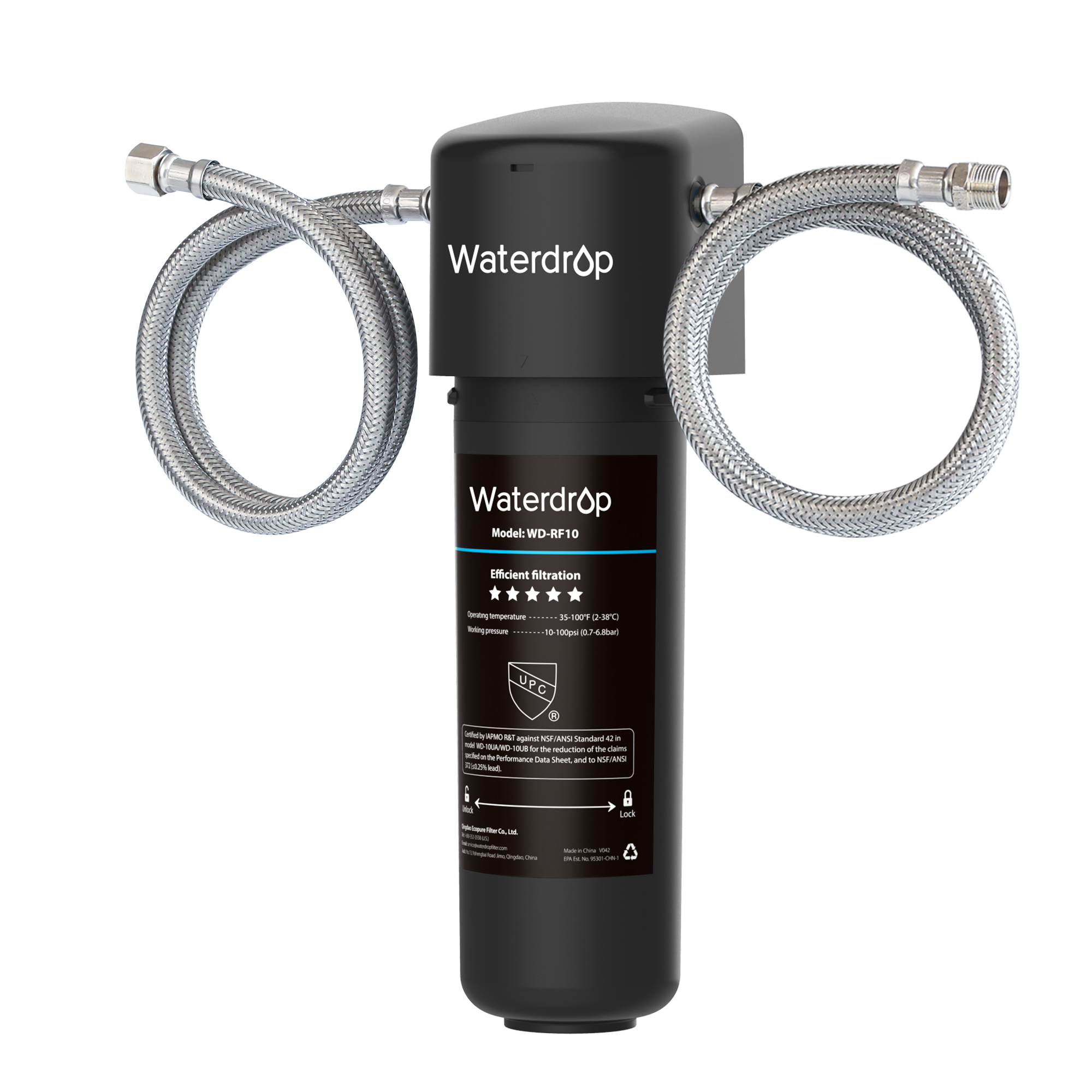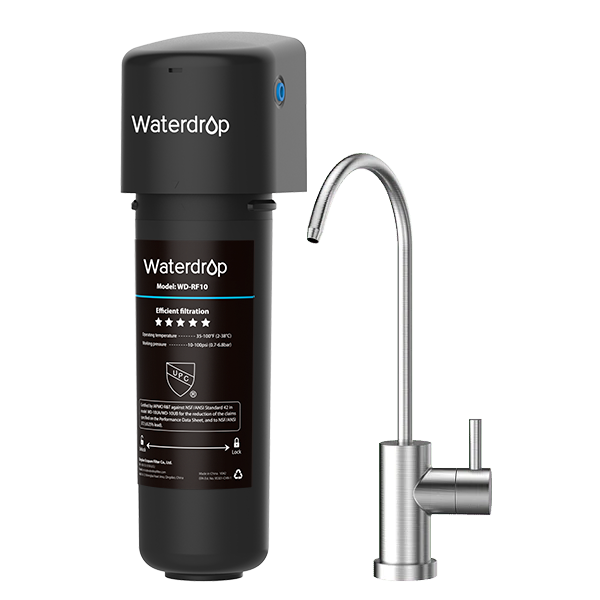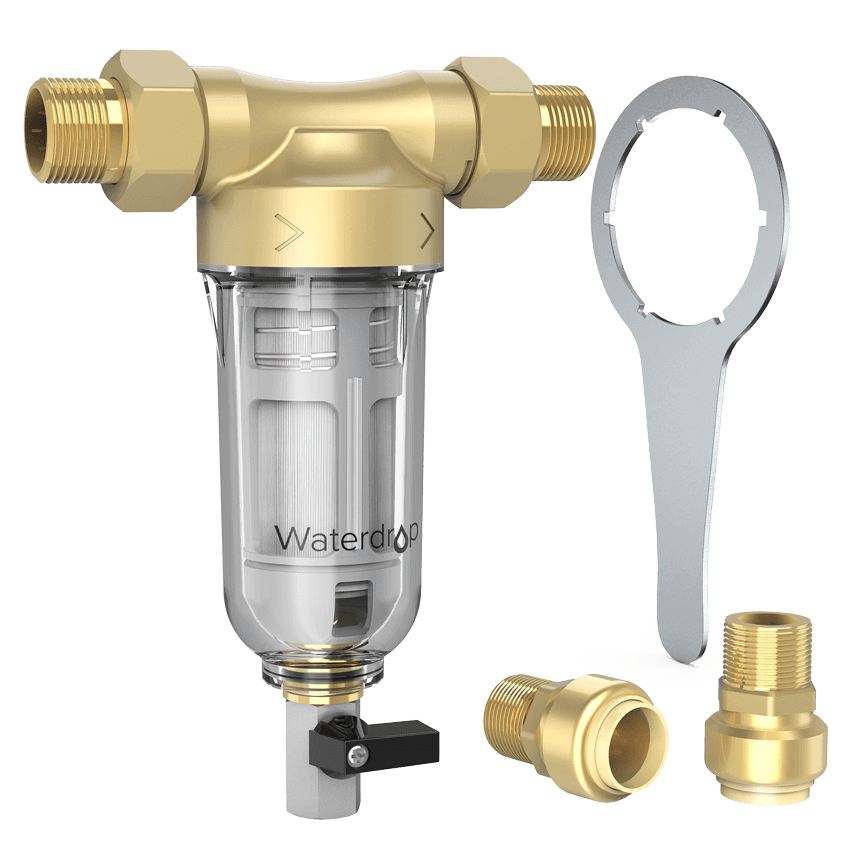New Water Map of Mars
by Dr. Jonathan Doyle - Updated September 5, 2022
The new map of Mars released by the European Space Agency (ESA) shows locations with abundant hydrated minerals on the red planet. Consequently, this changes how we think about the planet’s watery past. In addition, the map indicates the best places to land for further exploration in the future.
Why Mars?
If you’ve seen The Martian, you might recall an astronaut being left behind on Mars. If you were an astronaut, would you do better than the leading actor Matt Damon? Would you submit to God’s will or struggle to create basic surviving conditions?
Human beings have always regarded Mars as our mysterious neighbor. And for so long, humans have been obsessed with exploring if the planet is suitable for human survival.
When scientists started looking for a second planet habitable for humans, Mars was not considered because it is not the closest to Earth. Therefore, there was no need to look far, neglecting closer planets. Instead, the planet Venus was the first to be recognized by scientists. And because it is similar to Earth, it is often referred to as Earth’s twin. However, subsequent studies showed that Venus’ surface temperature is greater than 400 degrees Celsius, making it difficult for humans to get close. Therefore humans just focused on Mars.
According to NASA, Mars is the most accessible place in the solar system. This and many other practical, strategic, and scientific reasons are why humans want to explore Mars. Furthermore, Mars exploration may possibly answer questions on the origin and evolution of life and may even be a destination for humankind’s survival someday.
The Mariner 4 was the first spacecraft from Earth to visit Mars in 1965. Since then, robotic spacecraft have flown by, orbited, and even landed on Mars. And they have sent back a lot of information about this world distinct from our own.

During Mars exploration, it was discovered that the planet is desolate with no life forms. The planet only has land, rocks, and sand puddles as far as the eye can see. In addition, Mars’ atmosphere is unsuitable for humans because it is composed of 96% carbon dioxide and low oxygen content. Other essential information about Mars includes:
- Mars has an equatorial diameter of 4,220 miles, which is half of that of Earth
- With a mass of 6.4169 × 1023 kg, Mars is one-tenth of Earth
- Mars has a volume of 163 billion km3, which is 15% of the volume of Earth
- Mars is 0.71 times as dense as Earth, with a density of 3.9 g/cm3
- The average distance from Mars’ orbit path to the Sun is 93,000,000 miles
- One year on Mars is approximately 687 days on Earth
- A day on Mars is 24 hours plus 40 minutes approximately
- Mars’ gravity is 62.5% less than that of Earth

Why Is Water on Mars Essential?
Water is indeed the source of life. Approximately 71% of the Earth’s surface is water-covered, and nearly where there is water, there is life. Water shapes the environment and connects all living things as it flows through the planet.
The ESA’s Mars Express has an OMEGA instrument. And in 2005, the instrument first detected hydrated minerals on Mars. The data also showed that substantial amounts of liquid water survived for long periods of time on the planet’s surface. Mineral hydration is an inorganic chemical reaction which adds water to the crystal structure of a mineral, usually creating a new mineral. Consequently, hydrated minerals tell a lot about the Red Planet’s watery past, helping scientists identify if Mars is suitable for life or not.
NASA’s Mars Reconnaissance Orbiter and the ESA’s Mars Express have updated the locations and abundance of water-rich rocks on Mars. According to the ESA, the new map has shifted the paradigm in scientists’ understanding of Mars’ past, and it is evident that water played a significant role in shaping the planet’s geology. With these discoveries, experts are trying to understand whether Mars has perennial or short, intense water periods. The map also helps scientists see candidate landing sites for reasons like the presence of water-rich minerals.

Why Is Water Necessary for Life?
Because of the presence of water on Mars, there have been endless reveries about the existence of life on the Red Planet. If life in any form exists on Mars, there is a possibility of humans surviving on the planet. According to Albert Szent-Györgyi, water is the matter and matrix, mother and medium of life. And without water, there is no life. So, why is water so important?
Water is a chemically simple molecule composed of two small, positively charged hydrogen atoms and one large, negatively charged oxygen atom. Consequently, each water molecule has polarity. Because of the opposite charges, different parts of nearby water molecules can stick together. In addition, water interacts with other molecules’ charged elements, helping to separate and dissolve them.
In order to make sure that thousands of chemical reactions that occur in our cells happen quickly and efficiently, the molecules involved need to be able to mix freely—they need to be dissolved in something. Water is so good at dissolving substances that it has been called the “universal solvent”. Furthermore, although some substances have similar solvency abilities like water, they are not as chemically stable as water, nor can they neutralize strong acids and bases.
The above chemical reactions may involve blind spots in your knowledge, but one chemical reaction you won’t be unfamiliar with is photosynthesis. Photosynthesis is the process that occurs in plants, producing organic matter from sunlight and providing food to meet the needs of the planet’s entire food chain. This process cannot happen without water.

Furthermore, in humans, water makes up about 70% of the weight. Losing just 4% of total body water can lead to dehydration, and a 15% loss in body water can be fatal. A person can survive for a month without food. But, it is impossible to survive 3 days without water.
Conclusion
Thus it can be seen that water not only enables life but also sustains life. Now that you understand how essential water is to humans and life, you can start by saving water and creating better drinking conditions for yourself.































































